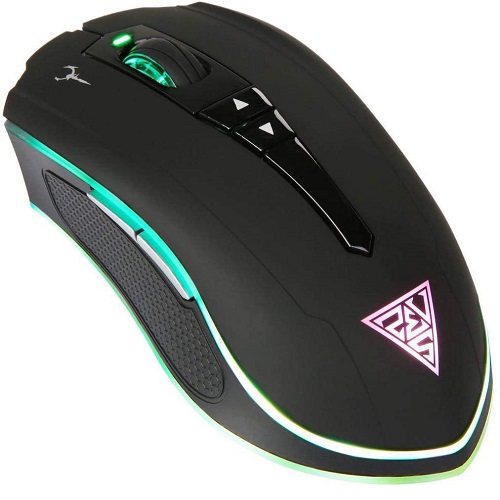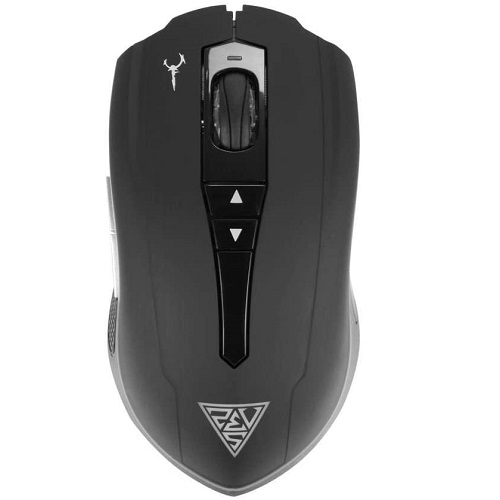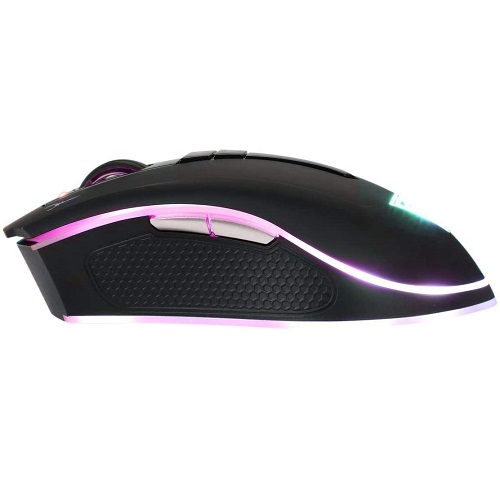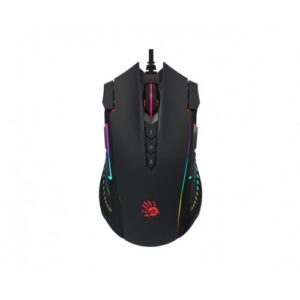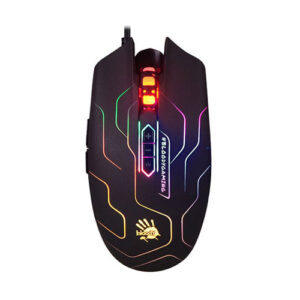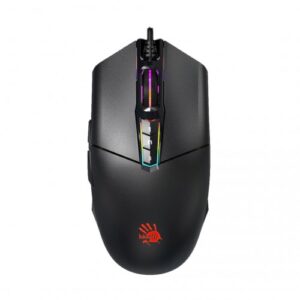Key Features and Specifications of the Gaming Mouse
The gaming mouse has become a pivotal component for gamers seeking precision, speed, and customization. Among its essential specifications, the mouse typically features seven buttons, offering users an extensive range of controls to enhance gameplay efficiency. This allows for quick access to commands, macros, and shortcuts, which are crucial in fast-paced gaming environments.
One of the most significant aspects of any gaming mouse is its connectivity options. This product supports both wired and wireless connections, catering to diverse preferences within the gaming community. The wired option generally ensures zero latency, vital for competitive gaming, while the wireless option offers freedom of movement without the constraints of cables.
Tracking capabilities are another major highlight, with an optical sensor that can support up to 10,800 dots per inch (dpi). This high sensitivity allows for rapid cursor movements and precise targeting, which is especially beneficial in first-person shooters and other demanding genres. Additionally, having a polling rate of 1000 Hz means the mouse can report its position to the computer every millisecond, ensuring real-time responsiveness.
When it comes to physical attributes, the cable length of 1.8 meters provides ample room for movement, preventing restrictions during intense gaming sessions. Furthermore, gaming-specific features such as multi-color lighting not only enhance aesthetic appeal but can also be customized to indicate different profiles or in-game events. The accompanying Hera gaming software further elevates the experience by allowing users to configure settings, adjust DPI, and customize button assignments, ensuring that the gaming mouse caters to the unique preferences of each player.
These features collectively contribute to an enhanced gaming experience, allowing players to achieve peak performance during intense game sessions.
Design and Physical Specifications
The design of a gaming mouse is not merely aesthetic; it is integral to its functionality and user experience. A typical gaming mouse features dimensions of 125 x 62 x 39 mm, which cater to a variety of grip styles, ensuring comfort during extended gaming sessions. The ergonomic structure promotes a natural hand position, enabling players to maintain performance over lengthy periods without discomfort.
Weight is another critical aspect of gaming mouse design. With a weight range of 116 to 126 grams, many models come equipped with customizable weight systems, allowing users to adjust their mouse’s heft by adding or removing small 5g weights (up to four in total). This feature provides flexibility, enabling users to achieve their desired balance and feel, ultimately streamlining their gaming experience.
The durability of a gaming mouse cannot be overlooked, especially for competitive gamers who demand resilience. This durability is ensured by a well-engineered switch lifecycle, commonly rated at 10 million clicks. Such a lifespan promises users reliability during their gaming journeys, as players can engage in rigorous gameplay without the concern of their equipment failing. Moreover, switches contribute to the tactile feedback and responsiveness essential for in-game performance, creating a seamless interaction between the gamer and their chosen mouse.
In conclusion, the design and physical specifications of a gaming mouse play a pivotal role in optimizing performance and usability. From its dimensions and weight to the quality of its switches, every element works harmoniously to enhance the overall gaming experience, providing users with the tools they need to excel in various gaming scenarios.
